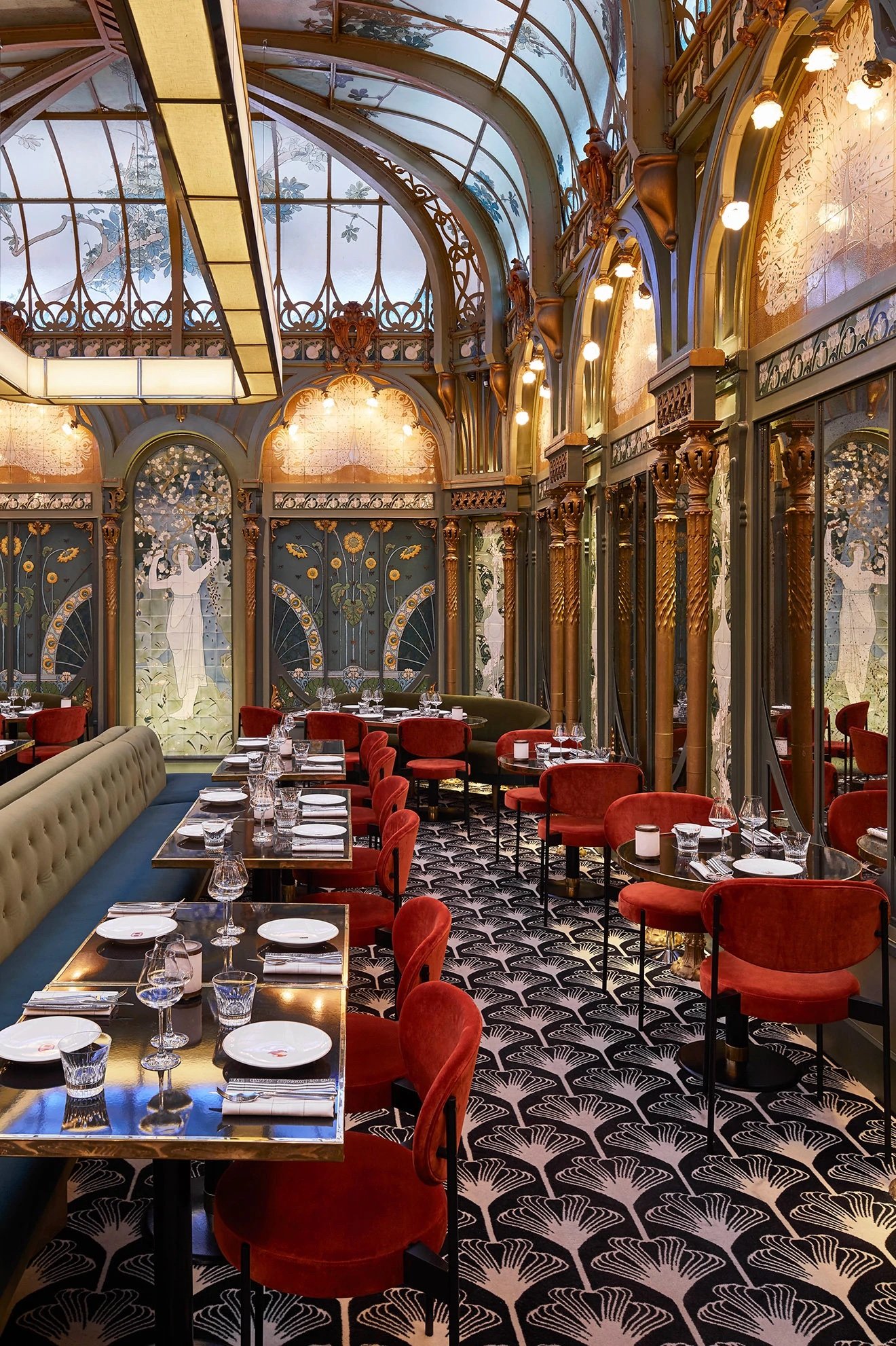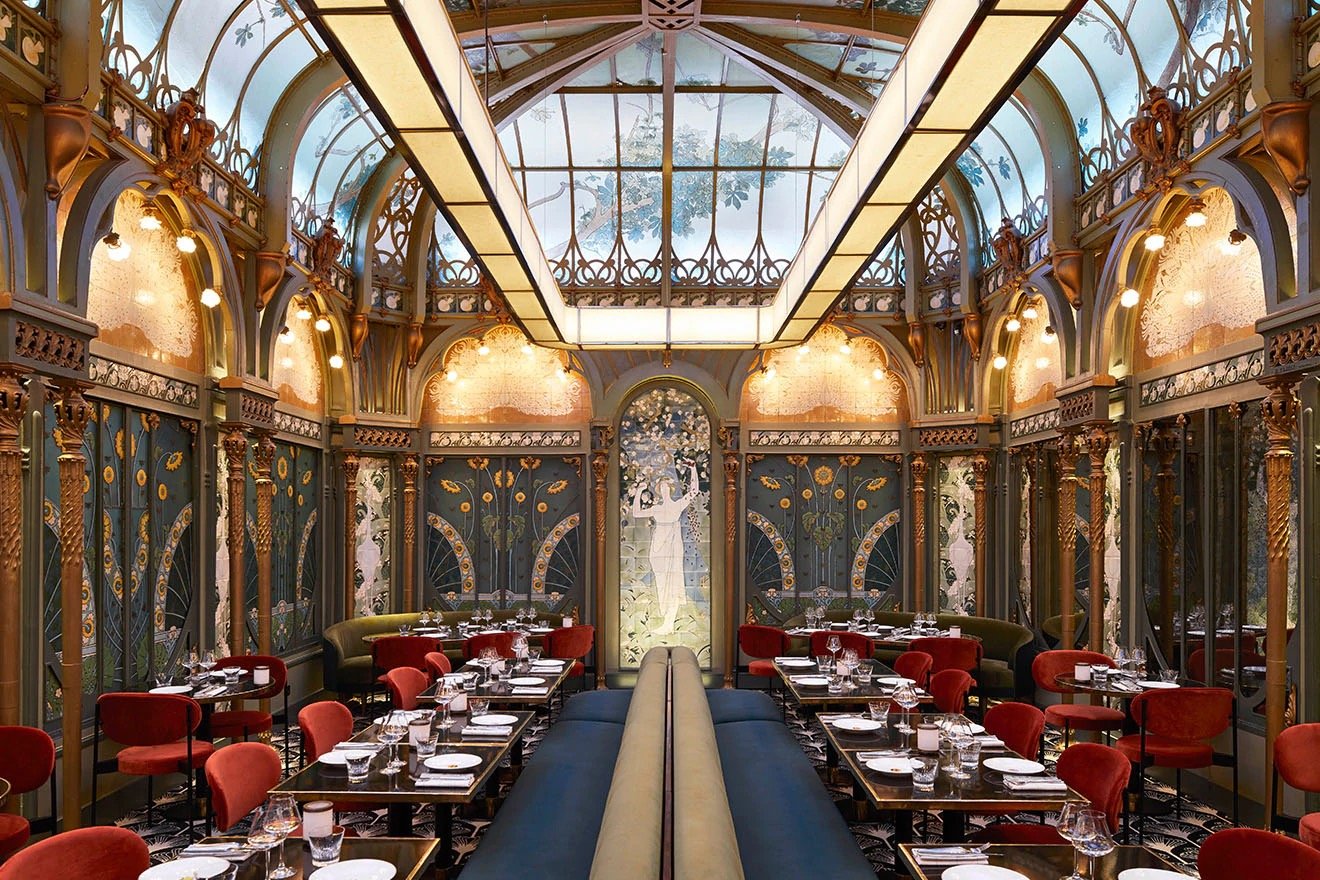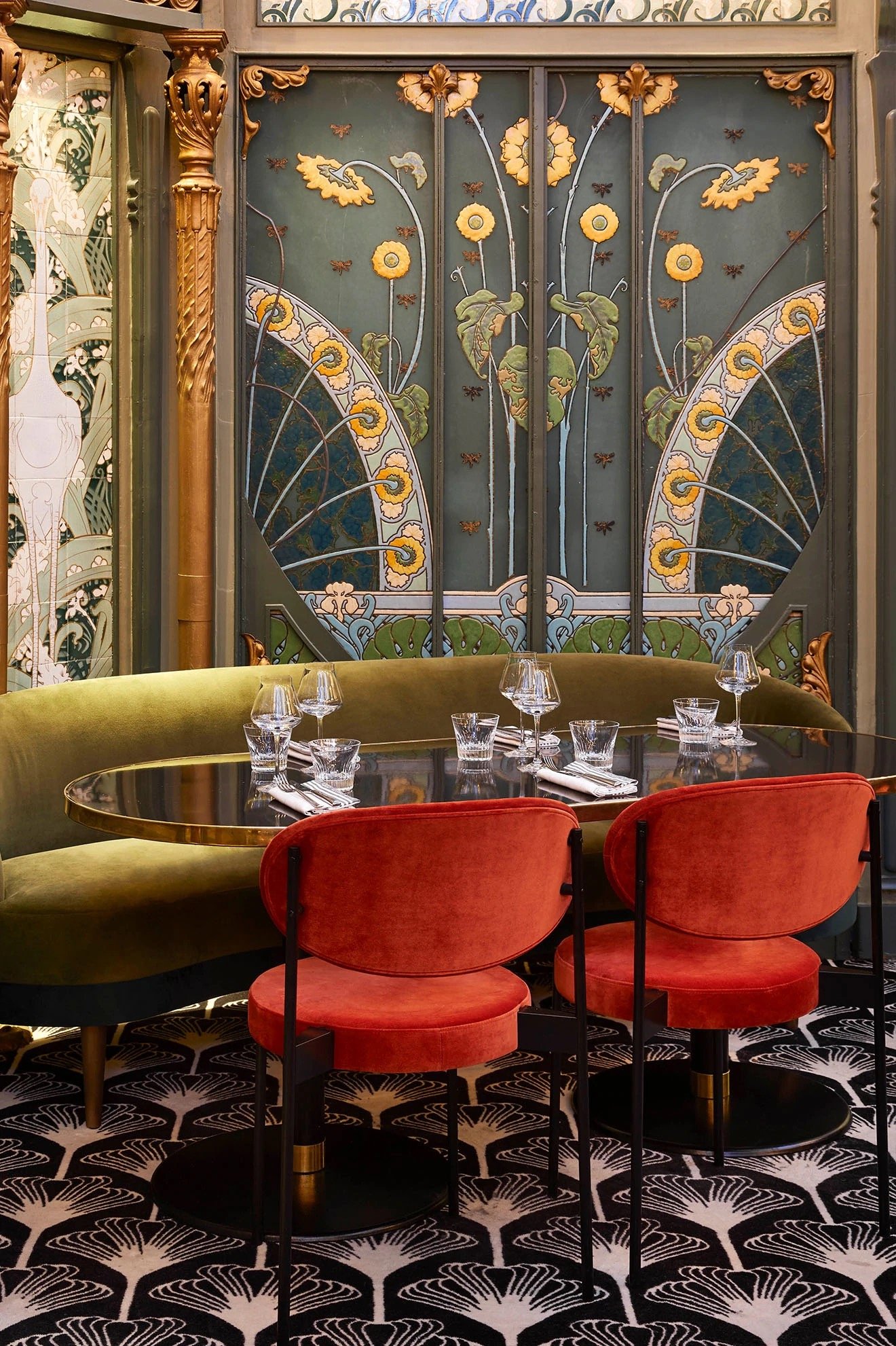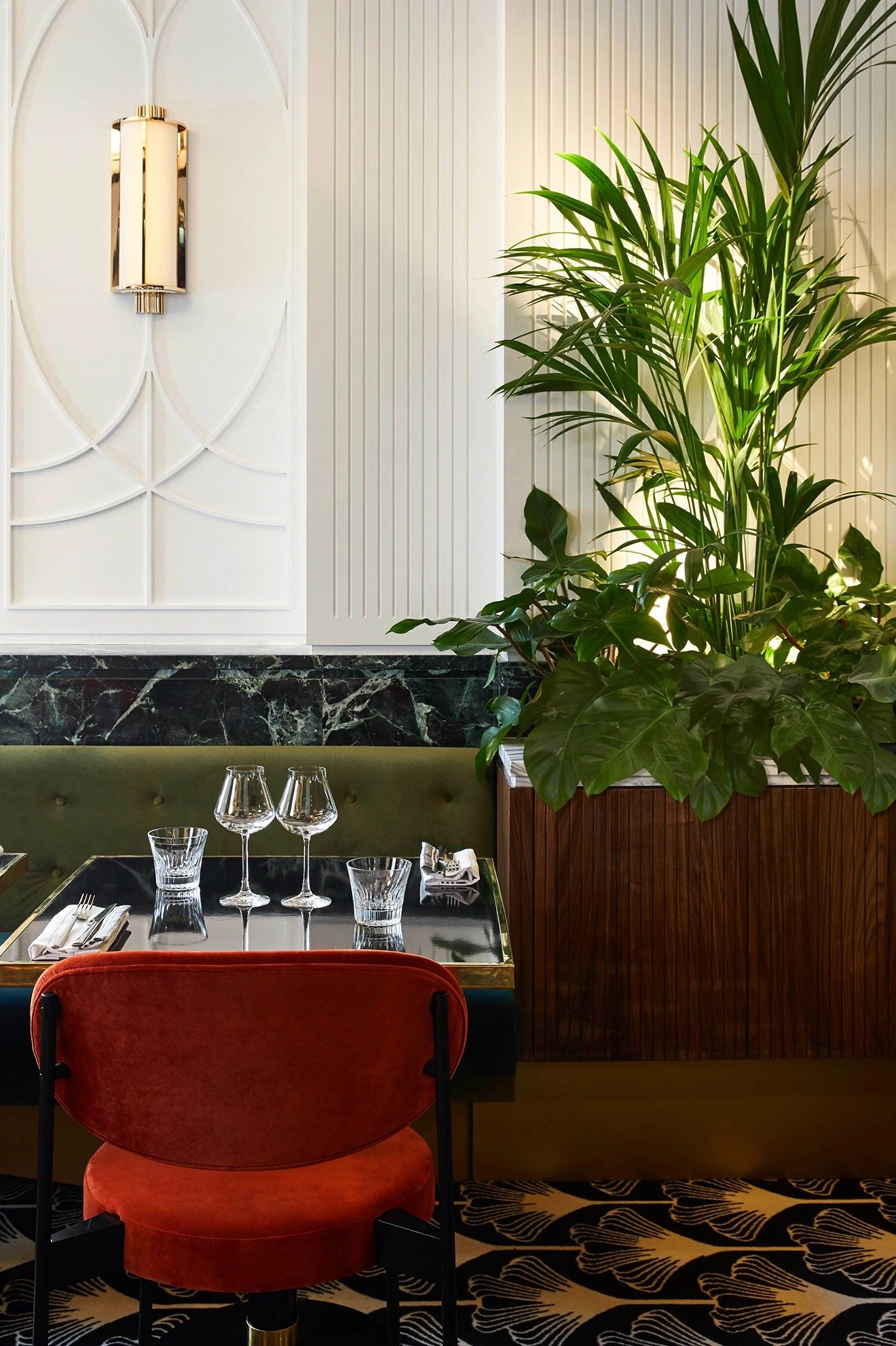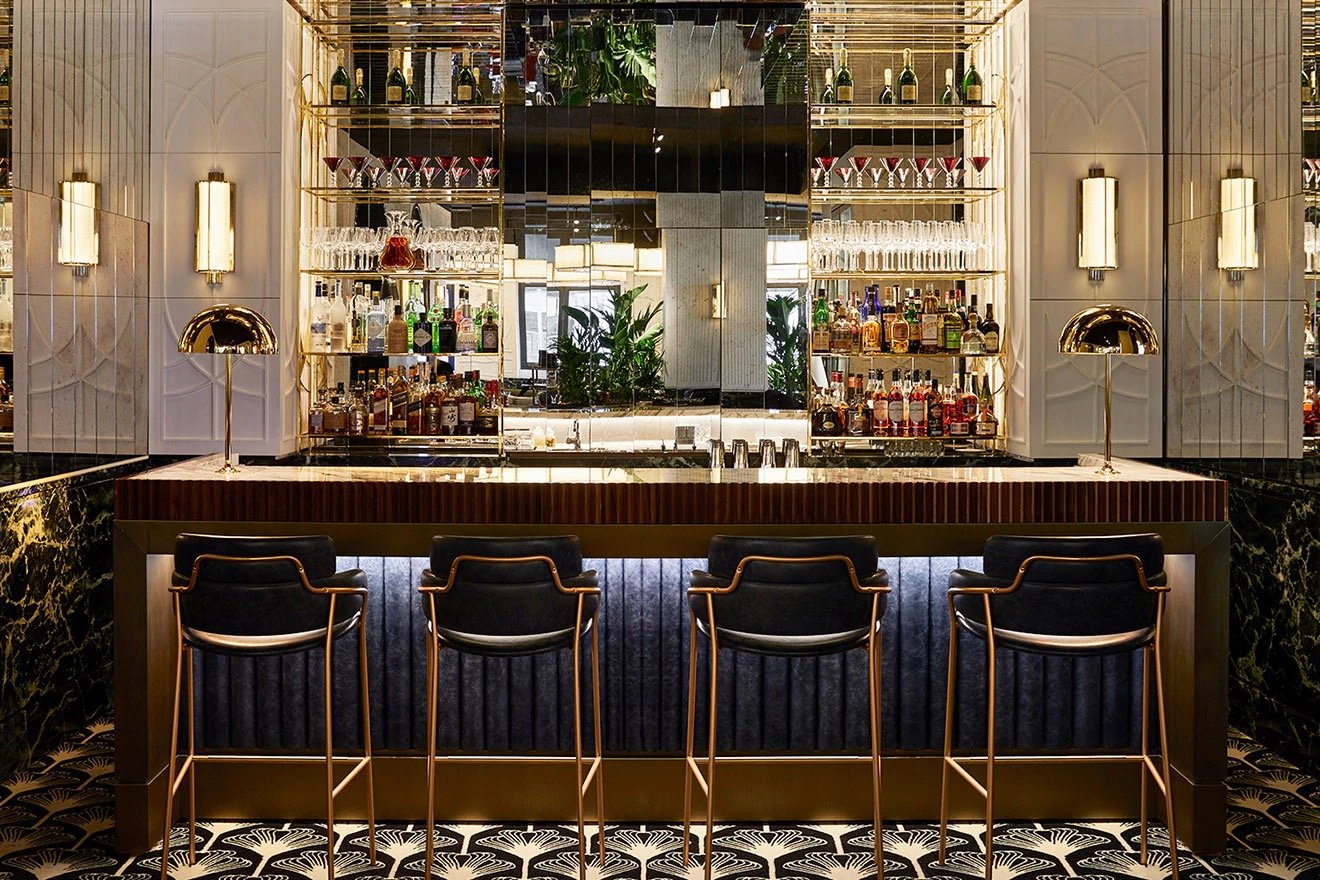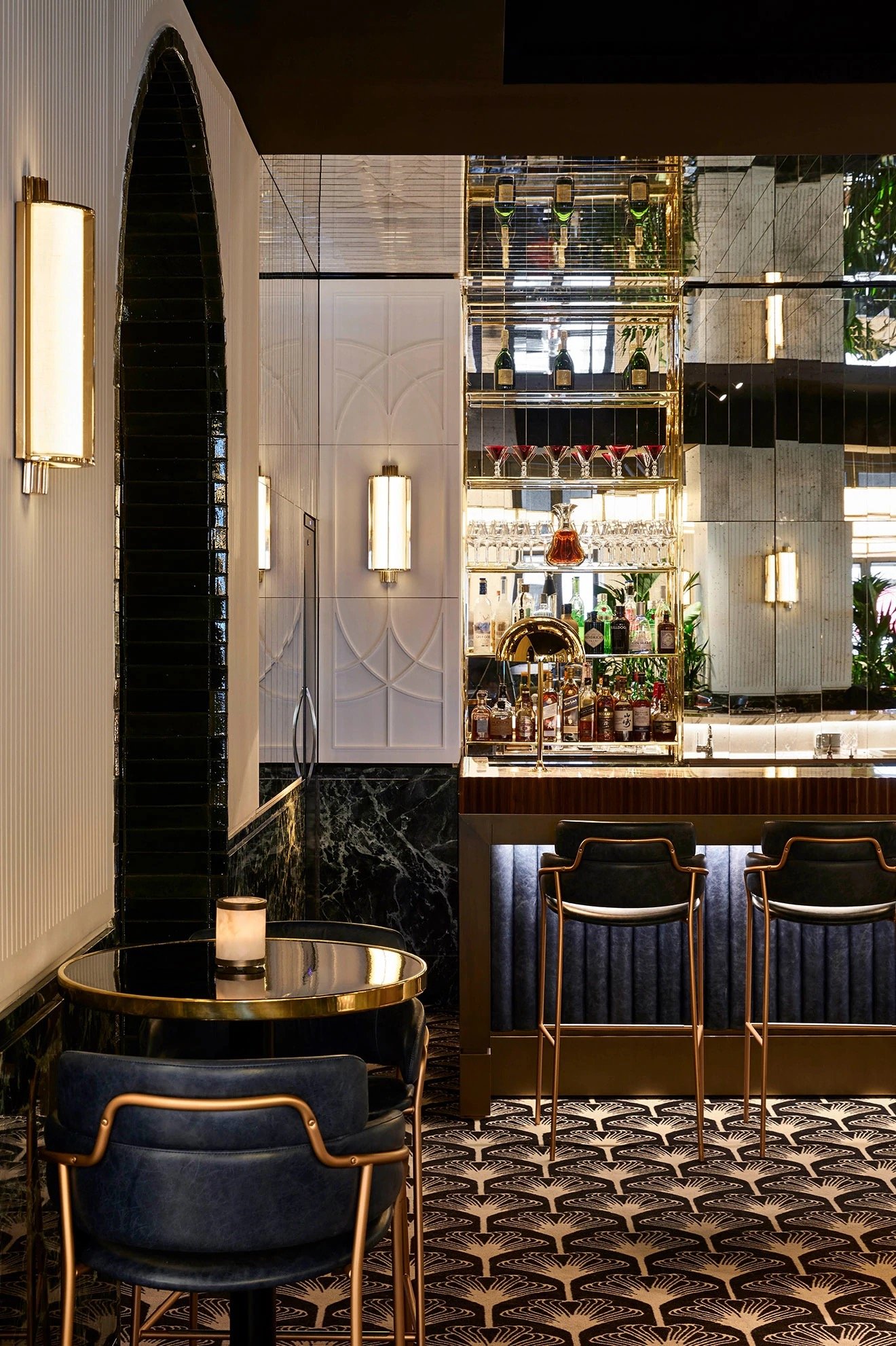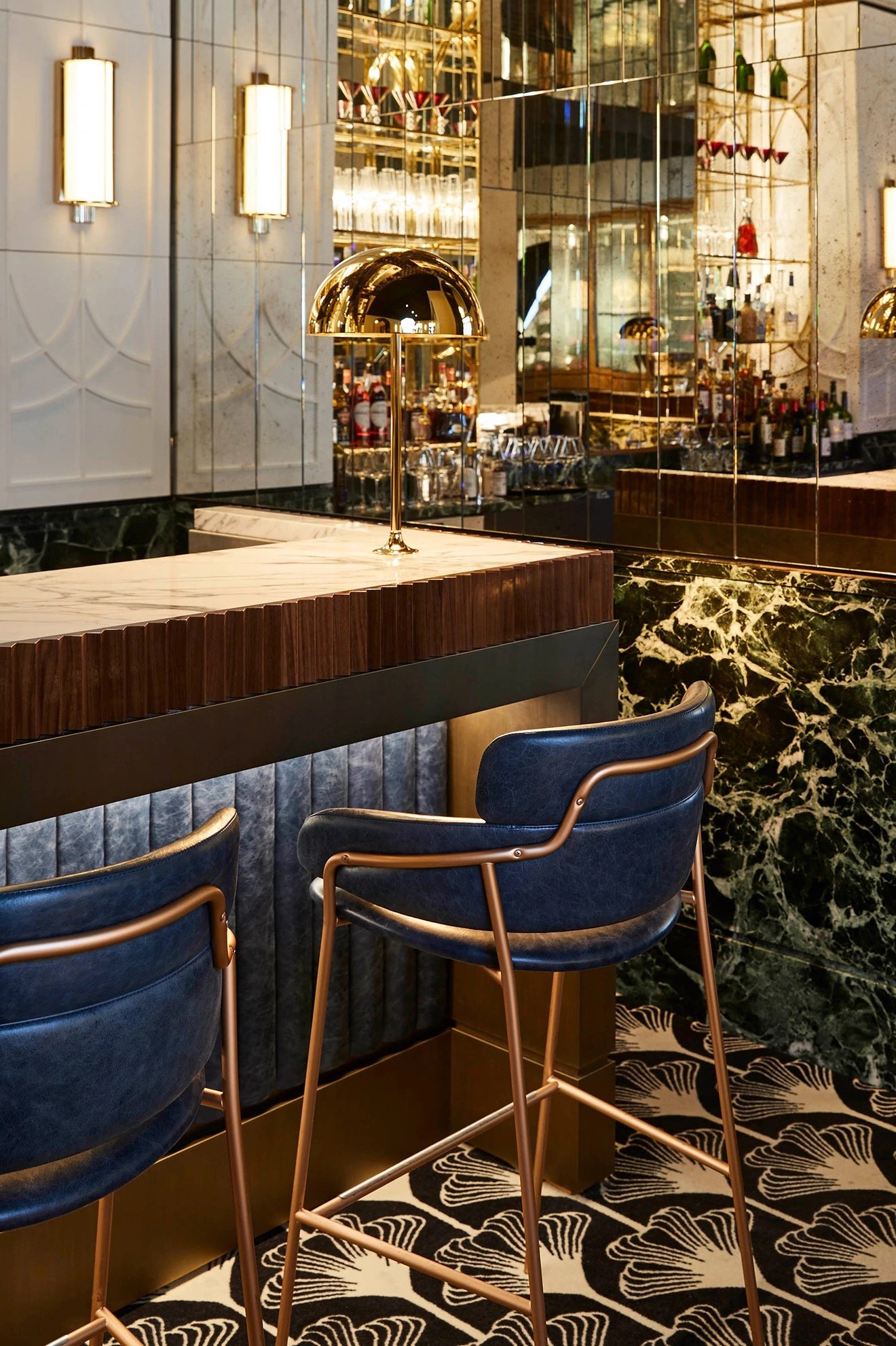Humbert & Poyet: Beefbar Paris
Design duo Humbert & Poyet unveil the interiors of their latest design project - Beefbar, Paris.
Internationally acclaimed interior architects Emil Humbert and Christophe Poyet continue to build on the hugely successful Beefbar brand owned by Ricardo Giraudi. This time, the studio designed the impressive interiors of the restaurant's Paris location; a suite of Art Nouveau and Art Deco rooms that used to house the classic brasserie, La Fermette Marbeuf. Restoring and transforming the interiors, the restaurant has quickly become one of the city's luxurious design destinations, a beautiful contemporary design that appreciates and accentuates the original features, fabric and style of the building to create an unforgettable dining experience.
Constructed in 1898 as the Lamgham Hotel by architect Emil Hurtré and given historical monument status in 1983, the structure is an excellent example of the Art Nouveau style. Many parts were required to undergo a vast restoration project to be returned to their former glory. Heavily damaged and in a state of deterioration, the studio worked with the finest artisans and restorators to repair the structure and breathe life once again into the much-marvelled design, repairing and restoring damaged arches, pilasters, friezes and missing enamelled ceramic panels. Colours have been matched to the original decor in shades of green and bronze followed by the introduction of contemporary fixtures and fittings that give the building new purpose without impeding on the grandeur of the Art Nouveau and Art Deco styles.
Humbert & Poyet have selected a rich colour palette that takes notes from the original Art Nouveau and Art Deco style, along with the beautiful painting and murals by Jules Wielhorski. Olive green upholstery on the booth seating has been paired with a darker teal to create a two-tone effect that runs throughout the entirety of the restaurant. The contemporary dining seating has been upholstered in a contrasting red velour fabric with a black metal frame, linking in with the gloss black dining tables with brass edging. One of the most striking new additions is the black and white carpet design with sprig-like motif, a bold decision that successfully pays off, uniting the interior and connecting the worlds of contemporary and traditional style.
In the adjoining bar area and rooms, a similar design aesthetic continues with the same carpet, upholstery fabric and colour palette used to echo that of the central atrium. The murals give way to walls glad on the bottom half with a luxurious green marble while the tops are presented with a mix of simple white and Art Deco-inspired panelling, framing the contemporary brass and opal glass wall lights. Built into the alcoves and constructed to create partitions between seating are a series of planters containing collections of tropical palms and foliage. The introduction of greenery softens the edges of the contemporary design, adding a natural touch and providing intimate spaces for guests to dine and socialise.
The restaurant is a true masterpiece. Humbert & Poyet have created a design that honours the structure's original history, respectfully connecting it to the modern day. While not one to shy away from their design aesthetic, the studio has created a perfect visual balance of high-end luxury that effortlessly transfers over to the interior's new use as a restaurant. This is a dining experience not to miss out on.

